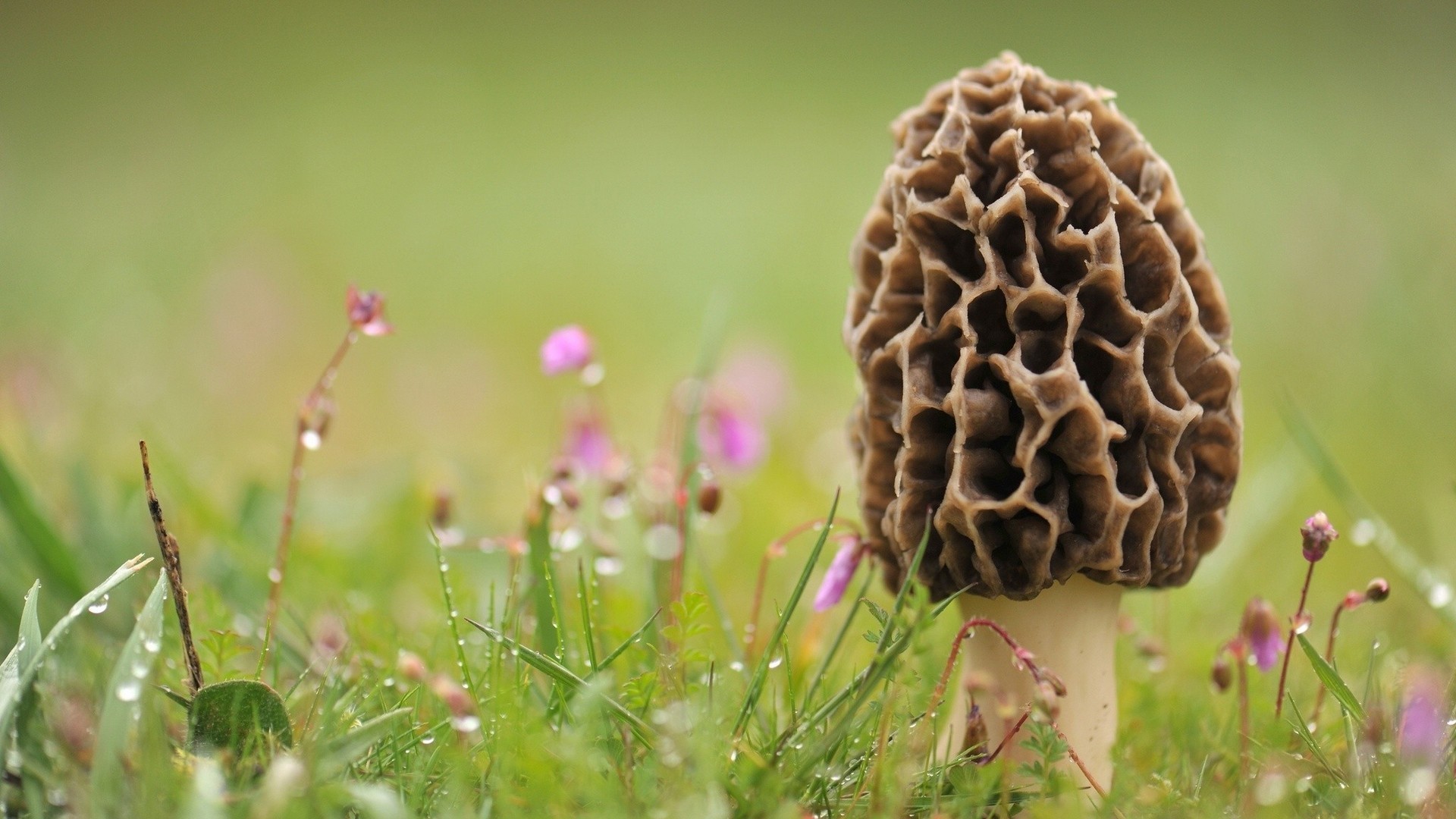
Growing your own mushrooms can be a fascinating and rewarding endeavor. Whether you have a green thumb or are simply intrigued by the world of fungi, mushroom growing offers a unique opportunity to cultivate these delicious delicacies right in your own home. From the earthy and rich flavors of Portobello mushrooms to the delicate and savory profiles of Oyster mushrooms, there is a wide range of culinary possibilities waiting to be explored. In this beginner’s guide, we will walk you through the essentials of mushroom growing, helping you embark on this journey of discovery and enjoyment. Let’s roll up our sleeves and dive into the world of fungi, from spore to scrumptious feast!
Choosing the Right Mushroom Variety
When it comes to mushroom growing, selecting the right mushroom variety is crucial. It’s important to consider factors such as your climate, available space, and personal preferences. Here are some popular mushroom varieties to consider:
-
Button Mushrooms: Also known as white mushrooms, button mushrooms are one of the most commonly cultivated varieties. They have a mild flavor and are versatile in cooking, making them a great choice for beginners.
-
Oyster Mushrooms: Oyster mushrooms are known for their delicate texture and slightly nutty taste. They come in various colors, including white, pink, and gray, and are relatively easy to grow, making them a popular choice for home cultivators.
-
Shiitake Mushrooms: Originating from East Asia, shiitake mushrooms have a distinct smoky flavor. They are often used in Asian cuisine and are highly sought after for their medicinal properties. Growing shiitake mushrooms may require more specialized conditions compared to other varieties.
Remember, this is just a starting point in choosing the right mushroom variety for your growing adventure. Research and experimentation are key to finding the best fit for your specific circumstances. Happy mushroom growing!
2. Creating the Ideal Growing Environment
To successfully grow mushrooms, creating the ideal growing environment is crucial. Here are three key factors to consider when setting up your mushroom growing space.
Temperature: Mushrooms thrive in specific temperature ranges, usually between 55°F and 75°F (13°C and 24°C), depending on the mushroom variety. Maintaining a consistent temperature throughout the growing process is essential for optimal growth and development.
Humidity: Mushrooms require a moist environment to flourish. The ideal humidity level for most mushroom species is between 80% and 90%. To maintain the right moisture content, you can mist the growing area regularly or use a humidifier to ensure the air remains adequately humid.
Lighting: Unlike plants, mushrooms do not require direct sunlight. In fact, too much light can inhibit their growth. Instead, mushrooms prefer indirect, ambient light. You can achieve this by placing them in a well-lit room or using low-intensity artificial lighting. Remember to avoid exposing your mushrooms to harsh, direct light as it may negatively impact their development.
By carefully regulating the temperature, humidity, and lighting conditions, you can create an ideal growing environment that promotes healthy mushroom growth. With these factors in mind, you’re well on your way to becoming a successful mushroom cultivator.
3. Harvesting and Enjoying Your Homegrown Mushrooms
After patiently nurturing your mushroom crop through the growing process, it’s finally time to reap the rewards of your hard work. Here are some tips on how to harvest and enjoy your homegrown mushrooms.
Firstly, timing is crucial when it comes to harvesting mushrooms. You’ll want to wait until the caps have fully opened and the veils beneath them have broken. This indicates that the spores have been released and the mushrooms are mature. Depending on the variety you’re growing, this can take anywhere from a few days to a couple of weeks.
To harvest the mushrooms, simply grasp the base of the stem and gently twist or cut them off at the base. It’s important to be gentle to avoid damaging the delicate fungi. If you’re unsure about whether a mushroom is ready to be harvested, it’s best to err on the side of caution and wait a bit longer.
Once you’ve harvested your mushrooms, it’s time to enjoy the fruits of your labor. Mushrooms are incredibly versatile and can be used in a variety of dishes. Saute them with garlic and herbs for a delicious side dish, or add them to pasta, stir-fries, or soups for an extra burst of flavor. You can also dry or dehydrate them for later use if you have an excess harvest.
Remember, growing your own mushrooms can be a rewarding and fulfilling experience. With a bit of patience and care, you’ll soon be enjoying a bountiful harvest of your own homegrown fungi.
